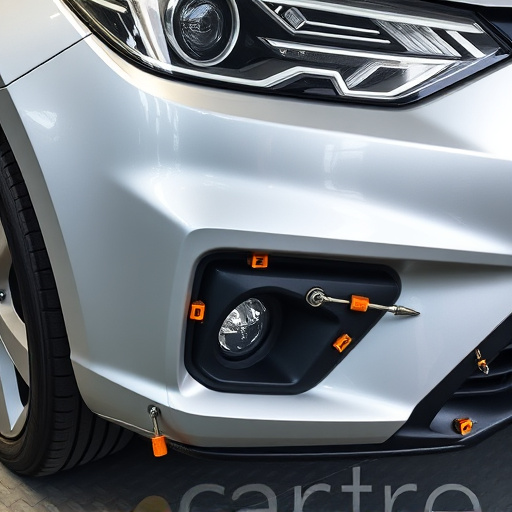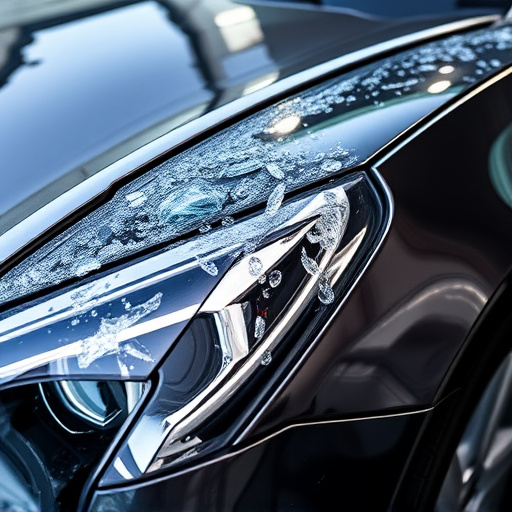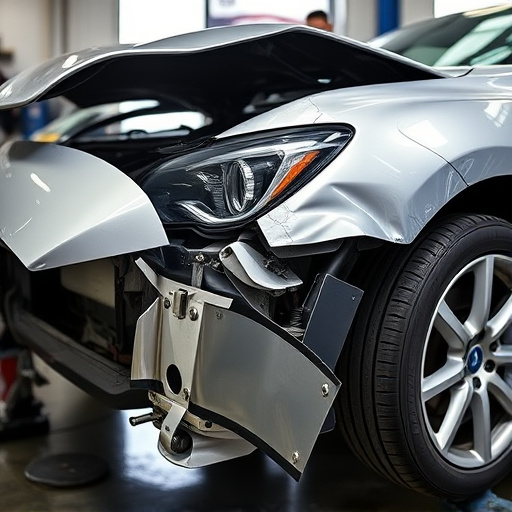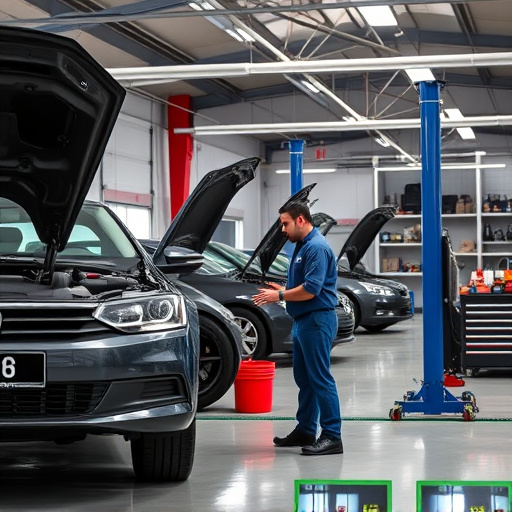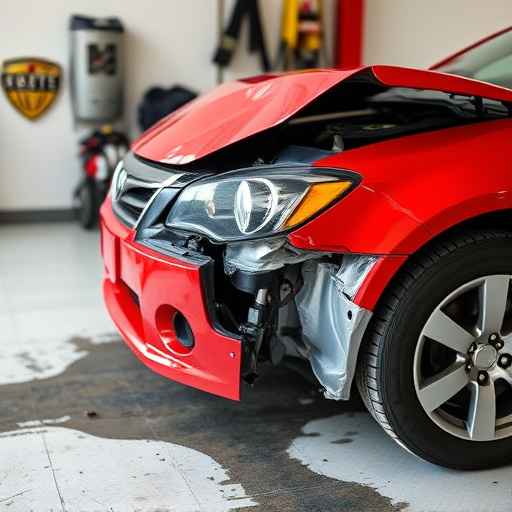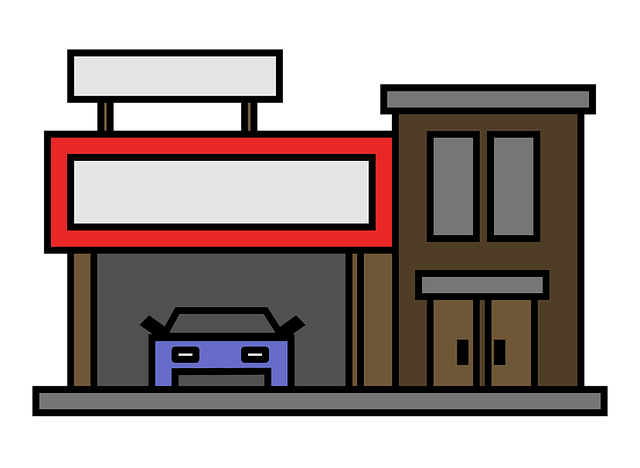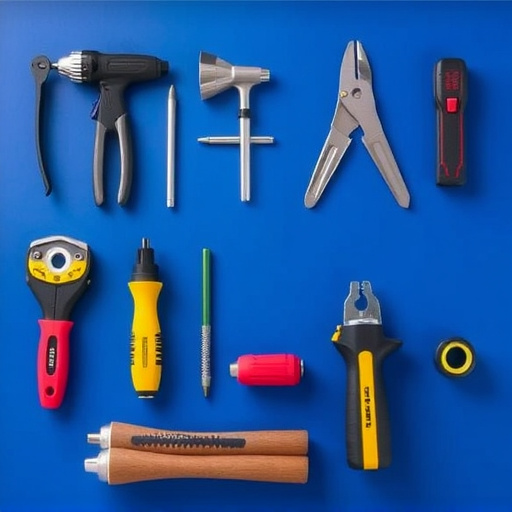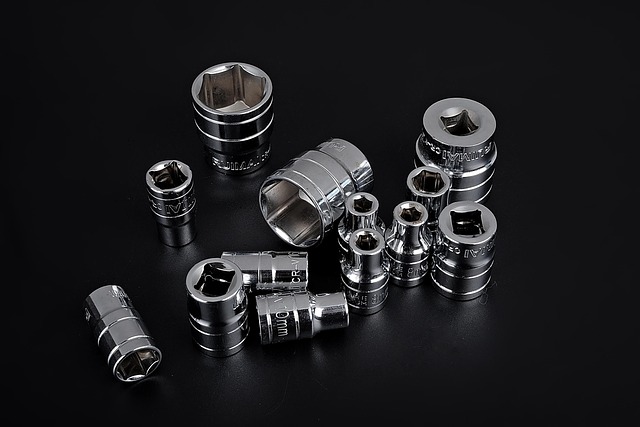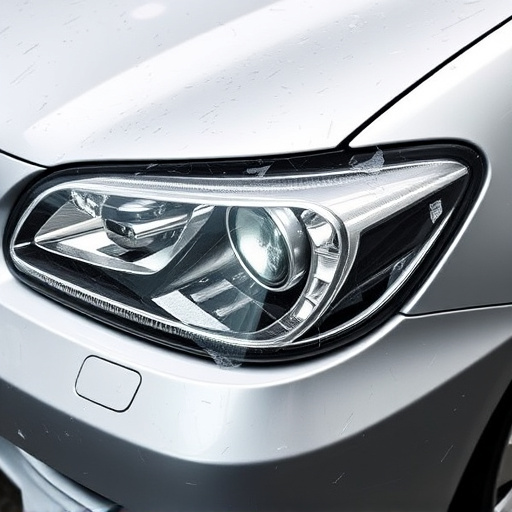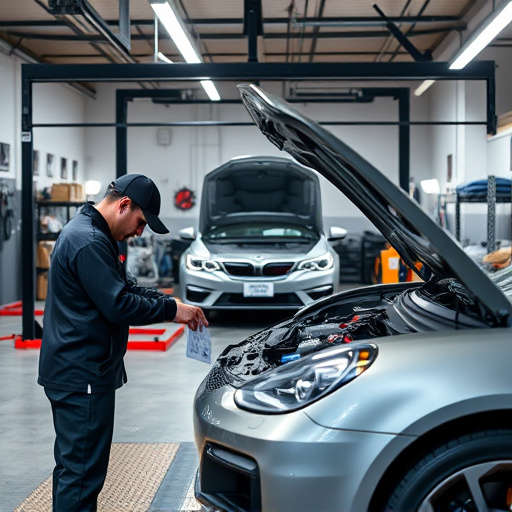After severe storms, vehicle owners need expert storm damage collision repair to restore their cars to pre-storm condition. Specialized shops conduct thorough inspections, assessing exterior and interior damage including dents, scratches, and structural issues. Trained technicians provide accurate cost estimates for tasks like body restoration, dent repair, and paint work using high-quality materials. This meticulous process ensures fair pricing, customer satisfaction, and peace of mind after severe weather events.
In the aftermath of severe storms, many businesses in the automotive industry face the daunting task of estimating costs for storm damage collision repair. This comprehensive guide delves into the intricate process behind these estimates. We explore common types of storm damage, from shattered windshields to extensive body work, and how an initial visual inspection forms the foundation of accurate repairs. Furthermore, we break down the cost estimation process, revealing the tools and software that ensure precision in labor, materials, and overhead charges. Understanding the factors influencing repair bills is key to navigating the claims process effectively.
- Understanding Storm Damage Assessment
- – Types of storm damage commonly encountered
- – Initial visual inspection and documentation
Understanding Storm Damage Assessment
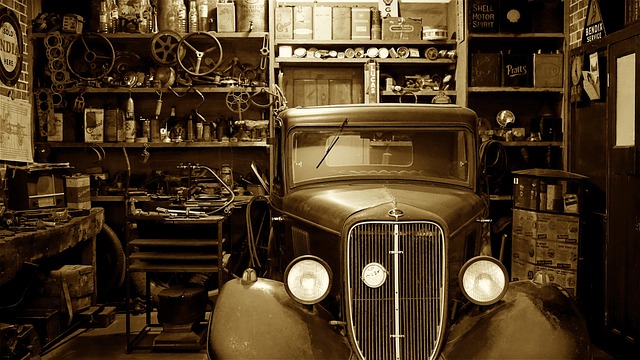
When it comes to storm damage collision repair, understanding the assessment process is key. After a severe storm, many vehicles suffer varying degrees of damage, from minor dents and scratches to more extensive structural issues. Shops specializing in storm damage collision repair employ trained technicians who meticulously inspect each vehicle to determine the extent of the damage. This involves a comprehensive review of the car’s exterior and interior, checking for dents, cracks, broken glass, and any other storm-related injuries.
The assessment also considers the complexity of repairs required, including tasks like car body restoration, vehicle dent repair, and vehicle paint repair. Each component is evaluated to ensure accurate cost estimation for parts replacement and labor. This detailed approach guarantees that customers receive fair estimates tailored to their specific vehicle’s needs, ensuring a smooth path toward restoring their vehicles to pre-storm condition.
– Types of storm damage commonly encountered
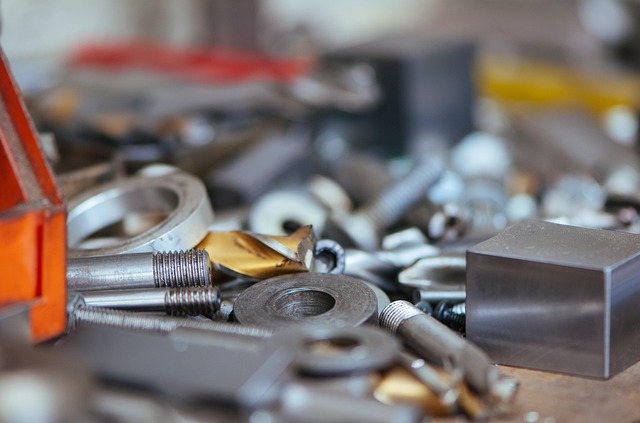
When it comes to storm damage collision repair, automotive professionals often encounter a variety of challenges due to the diverse and unpredictable nature of severe weather events. Common types of storm damage include shattered windshields, dents from flying debris, and extensive paint scratches caused by branches or other sharp objects during high-wind conditions. These can range from minor cosmetic issues to significant structural damage that requires expert attention.
Shops specializing in auto collision repair need to be prepared for the unique demands of storm damage restoration. This involves assessing each vehicle individually, taking into account factors like age, pre-existing condition, and the extent of the storm’s impact. Whether it’s a local car scratch repair or more complex auto collision center operations, the goal is to restore vehicles to their pre-storm condition using advanced techniques and high-quality materials, ensuring customers’ peace of mind in the aftermath of such events.
– Initial visual inspection and documentation
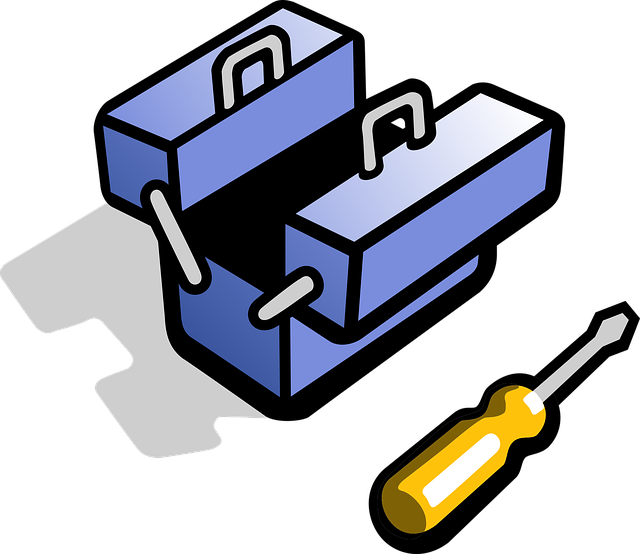
After a storm, the first step for any shop specialising in storm damage collision repair is to conduct an initial visual inspection of the affected vehicles. This meticulous process involves a detailed examination of every inch of the car’s exterior and interior, documenting all visible damage. Skilled technicians use their expertise to identify minor issues like car scratches and dents to more significant structural damage. Every detail is recorded, ensuring a comprehensive understanding of the repair scope.
This initial stage is crucial in setting the tone for the entire restoration process. It provides an accurate estimate of costs required for various services, including car paint services, vehicle restoration, and car scratch repair. Proper documentation ensures that owners have a clear picture of the work needed, enabling them to make informed decisions as they navigate the aftermath of storm damage.
Shops specializing in storm damage collision repair meticulously assess costs through a combination of visual inspections, documenting damage types, and leveraging industry standards. By understanding common storm damage and employing structured documentation, these professionals can efficiently estimate repair expenses, ensuring customers receive accurate, timely, and fair pricing for their restoration needs.

